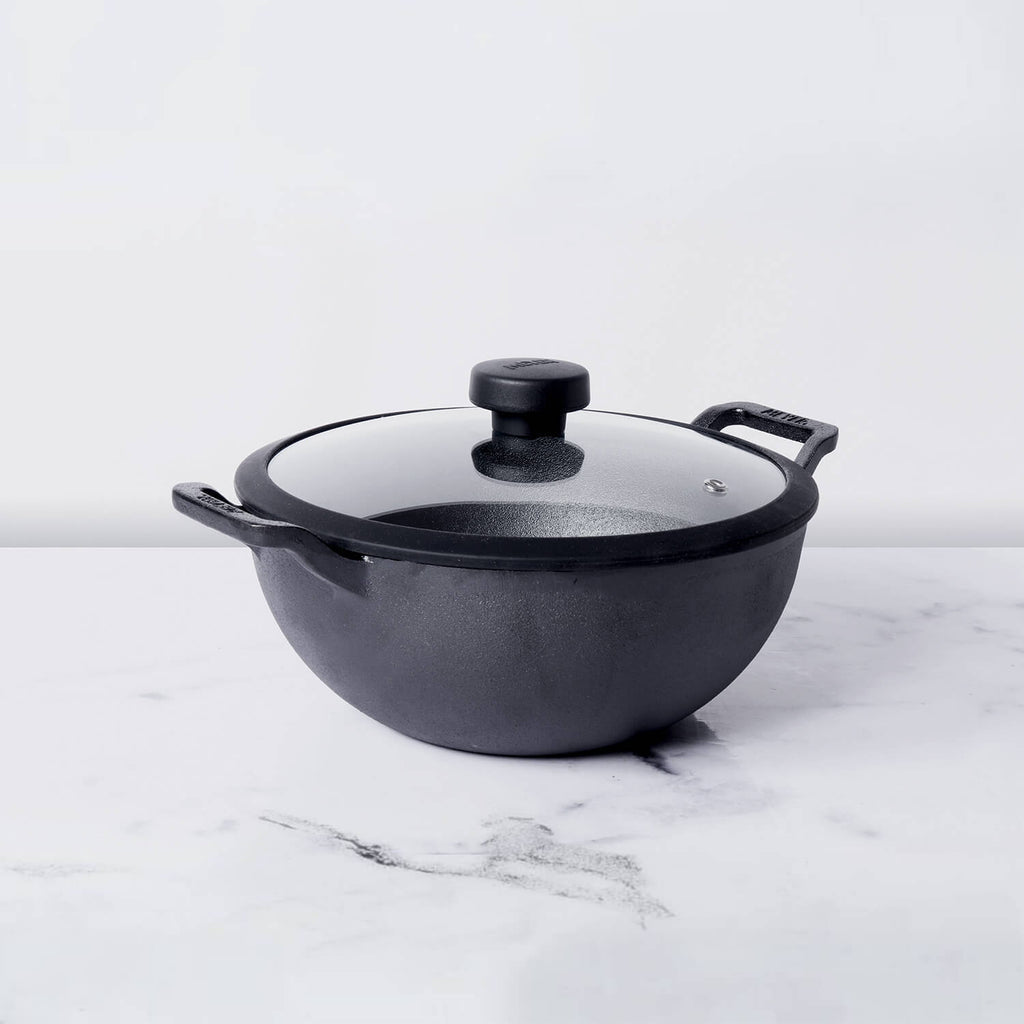Sukkinunde: A Flavorful Journey into Mangalorean Heritage
A culinary gem from Mangalore, Sukkinunde is a cherished traditional dish that marries the flavors of lentils and spices in a unique and delectable way.
Table of Contents
What is Sukkinunde?
Sukkinunde, also known as 'Sukhiyan' in some regions, is a popular snack originating from the coastal city of Mangalore in Karnataka, India. It's made from ground split green gram (moong dal) mixed with aromatic spices, grated coconut, and jaggery. This mixture is shaped into small dumplings and deep-fried until golden brown. The resulting Sukkinunde boasts a delightful contrast between the crispy exterior and the soft, flavorful interior.
Variations may include using different types of lentils or adjusting the sweetness by altering the amount of jaggery. In some recipes, a pinch of cardamom powder is added to enhance the aromatic profile.
Quick and Easy Sukkinunde
As a chef who revels in exploring regional cuisines, my encounter with Sukkinunde was a revelation of how simple ingredients can yield exceptional flavors. The combination of the earthiness of lentils, the natural sweetness of jaggery, and the richness of coconut creates a harmonious taste that encapsulates the essence of Manglorean cuisine. My journey with Sukkinunde led me to appreciate the artistry of transforming humble ingredients into a beloved treat, reminding me of the universal appeal of comfort food across cultures.
Cultural significance of this recipe
The cultural significance of the Manglorean dish Sukkinunde goes beyond its culinary appeal, offering insights into the traditions, flavors, and lifestyle of the region:
Tradition and Heritage: Sukkinunde is a recipe that has been passed down through generations in Mangalorean households. It serves as a link to the past, preserving culinary traditions and family heritage. Sharing this dish often brings back memories of family gatherings, celebrations, and moments spent in the kitchen.
Festival and Occasions: Sukkinunde holds a special place in Mangalorean festivals and celebrations. It's often prepared during festive occasions such as Ganesh Chaturthi and other religious celebrations. Serving Sukkinunde is a way to honor cultural customs and togetherness during significant events.
Community and Sharing: Manglorean cuisine is known for its warm and communal spirit. Sharing Sukkinunde with friends and family reflects the hospitality and camaraderie of the community. It's often prepared in larger quantities, encouraging people to come together and celebrate.
Local Ingredients: Sukkinunde highlights the use of local ingredients such as coconut, jaggery, and lentils, which are abundant in the region. This emphasis on locally sourced ingredients reflects a deep connection to the land and its resources.
Culinary Identity: Sukkinunde is a symbol of Mangalore's unique culinary identity. The dish showcases the region's affinity for balancing sweet and savory flavors, as well as its expertise in using spices and coconut to create intricate taste profiles.
Passing Down Knowledge: Preparing Sukkinunde often involves the sharing of cooking techniques and family stories. Elders pass down their expertise to younger generations, fostering a sense of continuity and appreciation for traditional cooking methods.
Rituals and Offerings: In some Manglorean households, Sukkinunde is prepared as an offering during religious rituals and ceremonies. It symbolizes devotion and is a way to connect with spiritual practices through food.
Regional Pride: Sukkinunde is a source of regional pride for Mangaloreans. It's a dish that locals often associate with home and a sense of belonging. Sharing this dish with others, whether from the region or beyond, is a way to showcase the unique flavors of Mangalore.
In essence, Sukkinunde is more than just a recipe; it's a vessel of cultural expression, family connections, and a testament to the rich heritage of Mangalorean cuisine.
How to make Sukkinunde
- Let’s begin with soaking 1 cup of whole moong dal for 3 hours in water. Add this to a pressure cooker along with 1 cup of water & 1/4 tsp of salt. Pressure cook till 1 whistle. Let this cool and mash it well.
- To make the filling, let's start by adding 1 cup of grated coconut in Meyer’s Cast iron Kadai.
- Dry roast the coconut until light brown in color.
- Now add the mashed moong dal, 3/4 cup jaggery and 1/2 tsp elaichi powder. Cook this until the mixture thickens and then turn off the heat and let it cool.
- Once cooled, form 1-2 inch big balls from the paste and keep aside.
- Finally, deep fry over medium heat until a light golden color is reached.
- Serve the Sukkinde warm with tea or coffee. Enjoy!!
More Delicious Recipes:
Expert Tips
- Make sure to soak the dal for at least 3 hours or preferably overnight.
- We recommend using a cast iron kadai for this recipe as it adds a good charred flavor to the dish.
- You can add different spices to the filling, we have used classic spices like elaichi powder but don’t hesitate to experiment with different spices and flavors.













Leave a comment